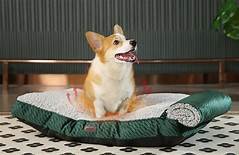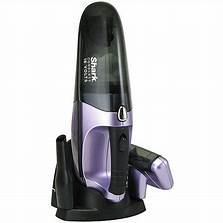Do Self Warming Pet Beds Work?
With the arrival of winter, pet owners are looking for ways to keep their furry friends warm and comfortable. A popular solution is the self-warming pet bed, which claims to provide warmth without the need for electricity or external heat sources. But do these beds really work? Here's a closer look at how they function and what to consider before purchasing one.

How Do Self Warming Pet Beds Work?
1. Reflective Material:
Self-warming pet beds are made with a layer of reflective material, often aluminum or polyester, which reflects the pet's body heat back towards them.
2. Insulation:
The beds are also filled with insulating materials like foam or fleece, which help retain body heat and prevent heat loss.
3. Raised Edges:
Some self-warming beds have raised edges or a hooded design that creates a cozy, enclosed space, helping to trap heat and keep drafts out.
Benefits of Self Warming Pet Beds:
1. Comfort:
Self-warming beds provide a warm and cozy sleeping space, which can be especially comforting for older pets, arthritic pets, or those recovering from surgery or illness.
2. Energy Efficiency:
Since they don't require electricity or external heat sources, these beds can be a more energy-efficient option compared to heating pads or electric pet beds.
3. Convenience:
Self-warming beds are easy to use. You don't need to worry about cords, batteries, or complicated settings. Simply place the bed in your pet's favorite spot, and it will start working right away.
Considerations Before Buying a Self Warming Pet Bed:
1. Pet's Individual Needs:
Some pets may prefer a warmer bed, while others may find it too hot. Consider your pet's personality, age, and health conditions when choosing a self-warming bed.
2. Size and Comfort:
Make sure the bed is large enough for your pet to stretch out comfortably. Also, pay attention to the material and construction to ensure it provides adequate support and comfort.
3. Safety:
Look for self-warming beds that are made with non-toxic materials and have no exposed wires or heating elements. Ensure the bed is free from sharp edges or any potential chewing hazards.
Conclusion:
Self-warming pet beds can provide warmth and comfort to pets, especially during colder months. While they don't generate heat independently, they utilize reflective materials and insulation to retain the pet's body heat. These beds can be a good alternative to electric pet beds or heating pads, particularly for those looking for an energy-efficient and convenient option. However, it's essential to consider your pet's individual needs and preferences, as well as safety factors, when making a purchase.
Declaration: All article resources on this website, unless otherwise specified or labeled, are collected from online resources. If the content on this website infringes on the legitimate rights and interests of the original author, you can contact this website to delete it.



